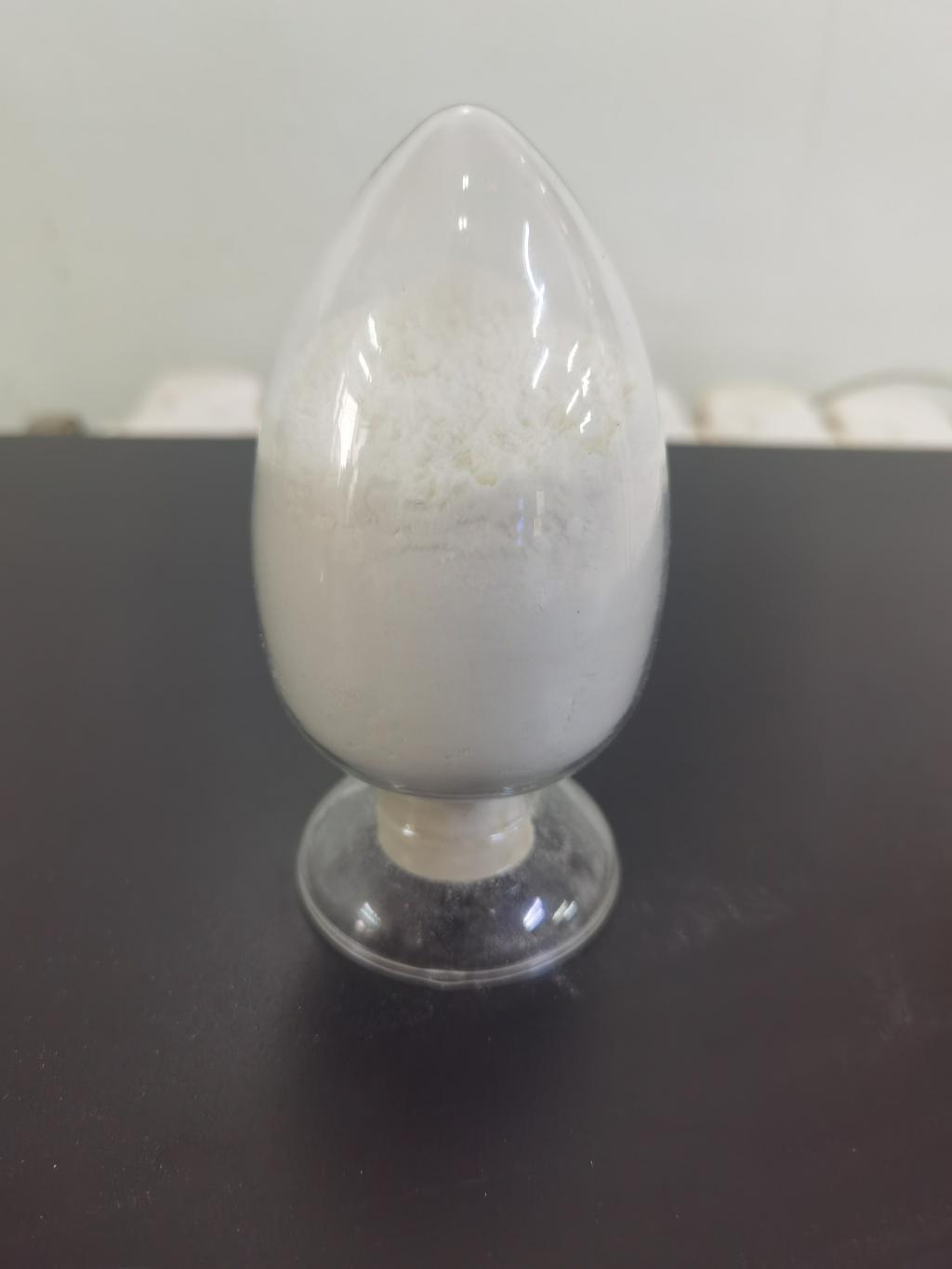Tel:+8618231198596

News
 CONTACT
CONTACT
 CONTACT
CONTACT
- Linkman:Linda Yao
- Tel: +8618231198596
- Email:linda.yao@dcpharma.cn
- Linkman:CHARLES.WANG
- Department:Overseas
- Tel: 0086 0311-85537378 0086 0311-85539701
News
Current Position:
Home >
News
>Understanding the antimicrobial properties of ε-Polylysine hydrochloride.
Understanding the antimicrobial properties of ε-Polylysine hydrochloride.
TIME:2024-04-15
Mechanisms of Action:
ε-Polylysine hydrochloride exerts its antimicrobial effects through multiple mechanisms, including electrostatic interactions with bacterial cell membranes, disruption of membrane integrity, and interference with essential cellular processes. As a cationic polymer, ε-Polylysine hydrochloride binds to the negatively charged components of bacterial cell membranes, leading to membrane destabilization and permeabilization. This disruption compromises membrane integrity, resulting in leakage of cellular contents and ultimately cell death. Additionally, ε-Polylysine hydrochloride can interfere with intracellular processes such as protein synthesis and nucleic acid metabolism, further inhibiting bacterial growth.
Spectrum of Activity:
One of the key advantages of ε-Polylysine hydrochloride is its broad-spectrum antimicrobial activity against a wide range of microorganisms, including bacteria, fungi, and yeasts. Studies have demonstrated its effectiveness against Gram-positive and Gram-negative bacteria, as well as various foodborne pathogens and spoilage organisms. Additionally, ε-Polylysine hydrochloride has shown efficacy against multidrug-resistant strains, making it a valuable asset in the fight against antimicrobial resistance. Its ability to target a diverse array of microorganisms makes it suitable for applications in food preservation, pharmaceuticals, and personal care products.
Applications in Food Preservation:
In the food industry, ε-Polylysine hydrochloride is utilized as a natural preservative to inhibit the growth of spoilage organisms and foodborne pathogens. It can be incorporated into a wide range of food products, including dairy, meat, seafood, and beverages, to extend shelf life and ensure product safety. ε-Polylysine hydrochloride's stability under various processing conditions, compatibility with different food matrices, and low toxicity make it an attractive alternative to synthetic preservatives. Moreover, its natural origin and favorable safety profiles align with consumer preferences for clean-label and minimally processed foods.
Applications in Pharmaceuticals and Cosmetics:
Beyond food preservation, ε-Polylysine hydrochloride finds applications in pharmaceuticals and cosmetics for its antimicrobial properties and biocompatibility. In pharmaceutical formulations, it is used as a preservative to prevent microbial contamination and maintain product stability. Additionally, ε-Polylysine hydrochloride has been investigated for its potential as a drug delivery vehicle, enabling targeted delivery of therapeutic agents to specific sites of infection. In cosmetics, it is utilized as a preservative to extend product shelf life and prevent microbial spoilage, ensuring product safety and quality.
Challenges and Future Directions:
While ε-Polylysine hydrochloride offers numerous advantages as an antimicrobial agent, certain challenges must be addressed to realize its full potential. These include optimization of production processes, formulation development, regulatory considerations, and consumer acceptance. Furthermore, research efforts should focus on exploring novel applications of ε-Polylysine hydrochloride, elucidating its mechanisms of action against specific microorganisms, and evaluating its long-term safety and efficacy in various settings. By overcoming these challenges and leveraging its unique properties, ε-Polylysine hydrochloride can emerge as a versatile and effective antimicrobial agent with wide-ranging applications.
Conclusion:
In conclusion, ε-Polylysine hydrochloride represents a promising antimicrobial agent with broad-spectrum activity and diverse applications across multiple industries. Its mechanisms of action, spectrum of activity, and favorable safety profiles make it an attractive alternative to conventional antimicrobial agents. By understanding the antimicrobial properties of ε-Polylysine hydrochloride and addressing key challenges, researchers and industries can harness its potential to combat microbial pathogens, enhance product safety and quality, and meet the growing demand for natural and sustainable antimicrobial solutions.
- Tel:+8618231198596
- Whatsapp:18231198596
- Chat With Skype







